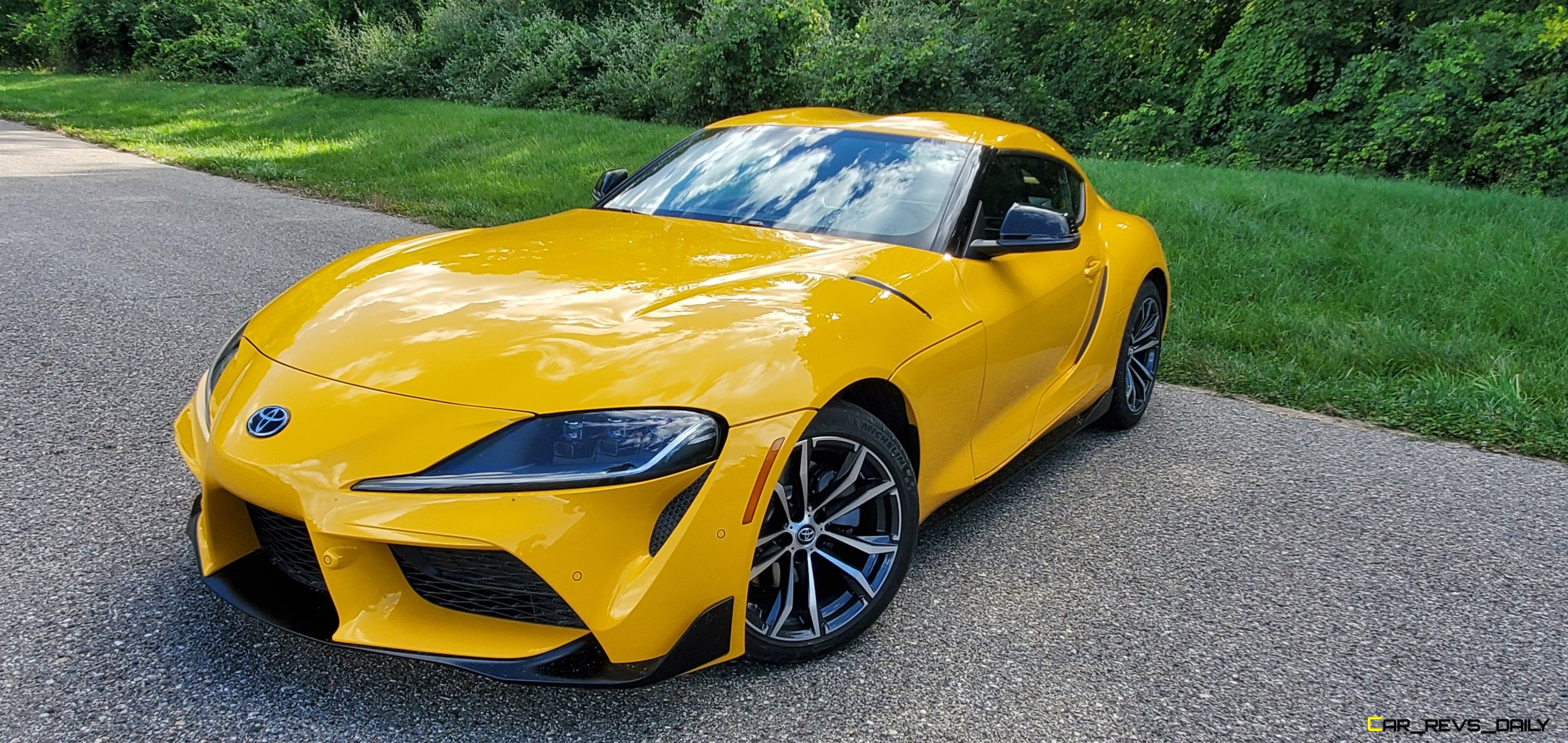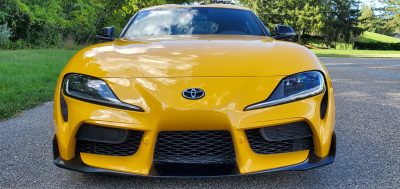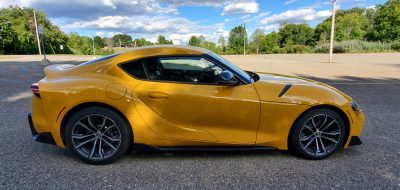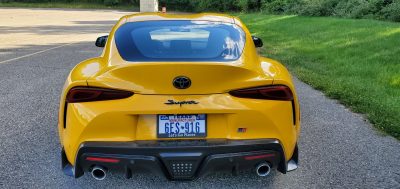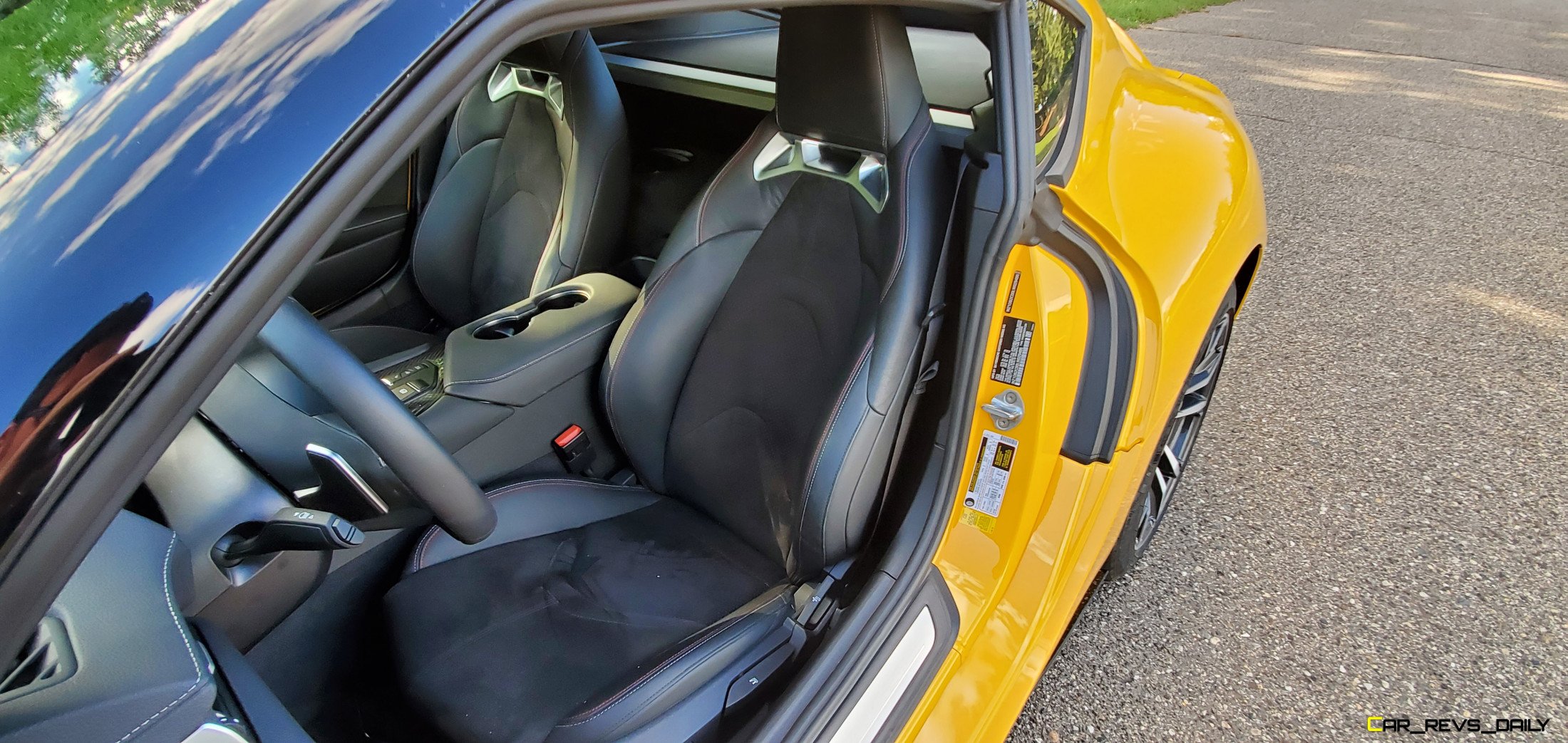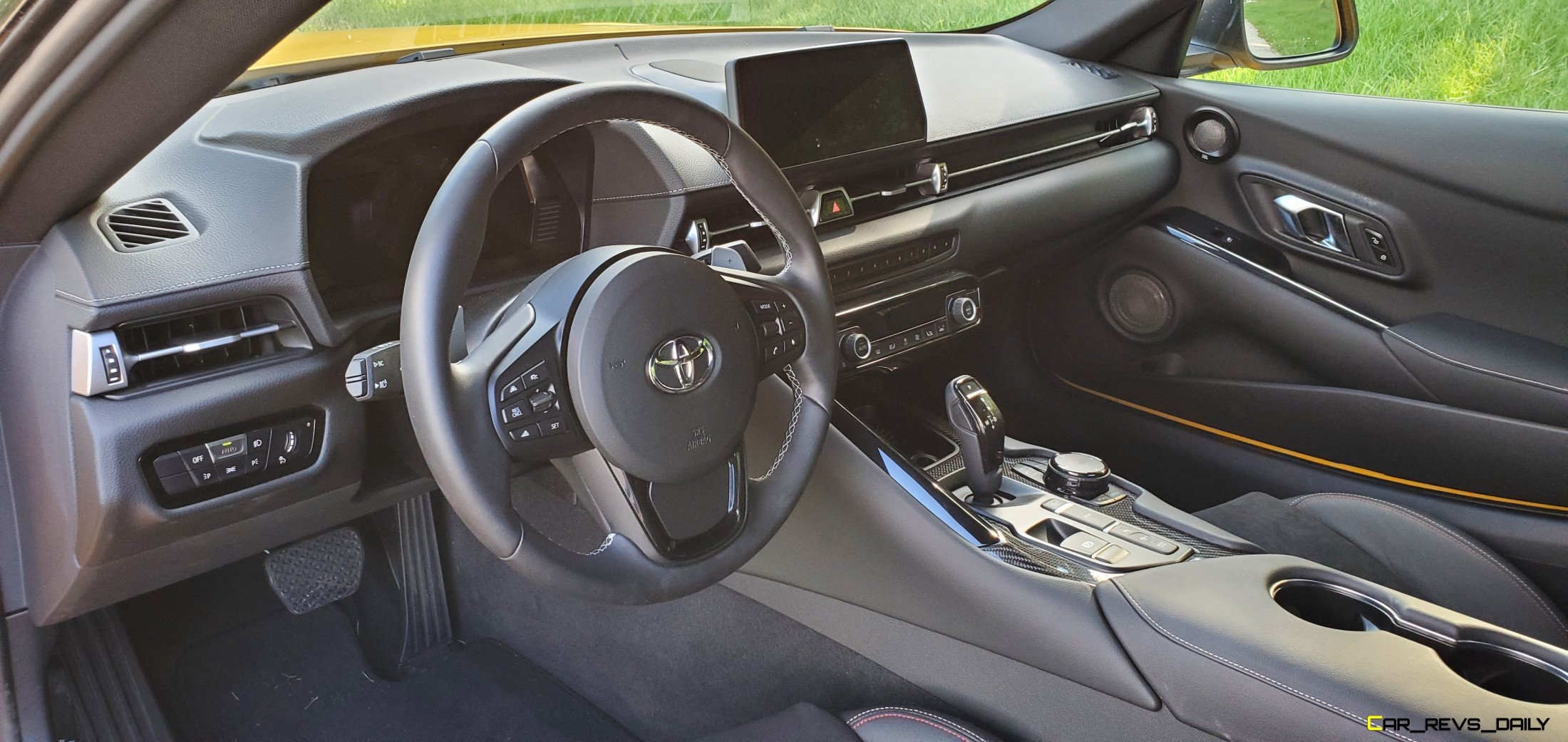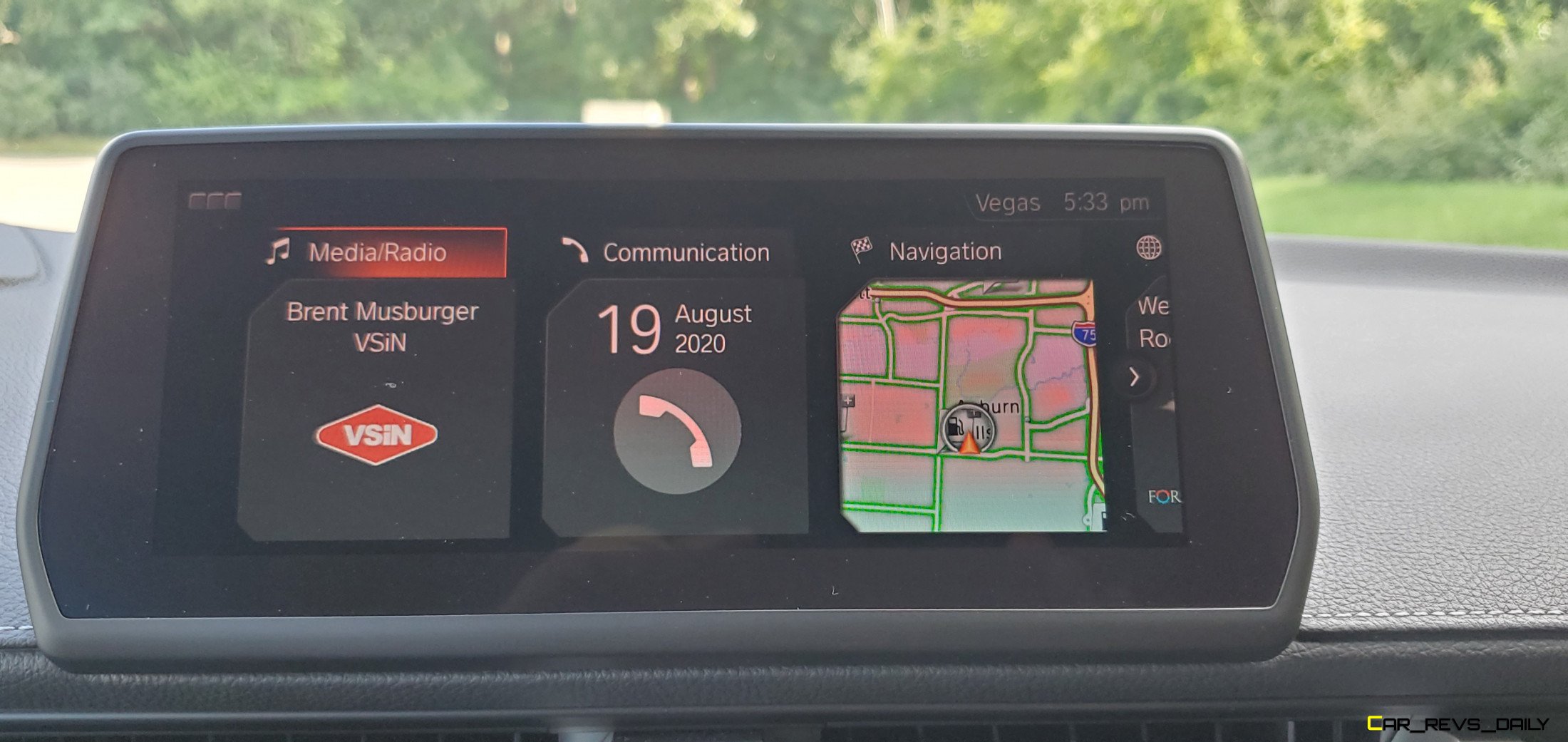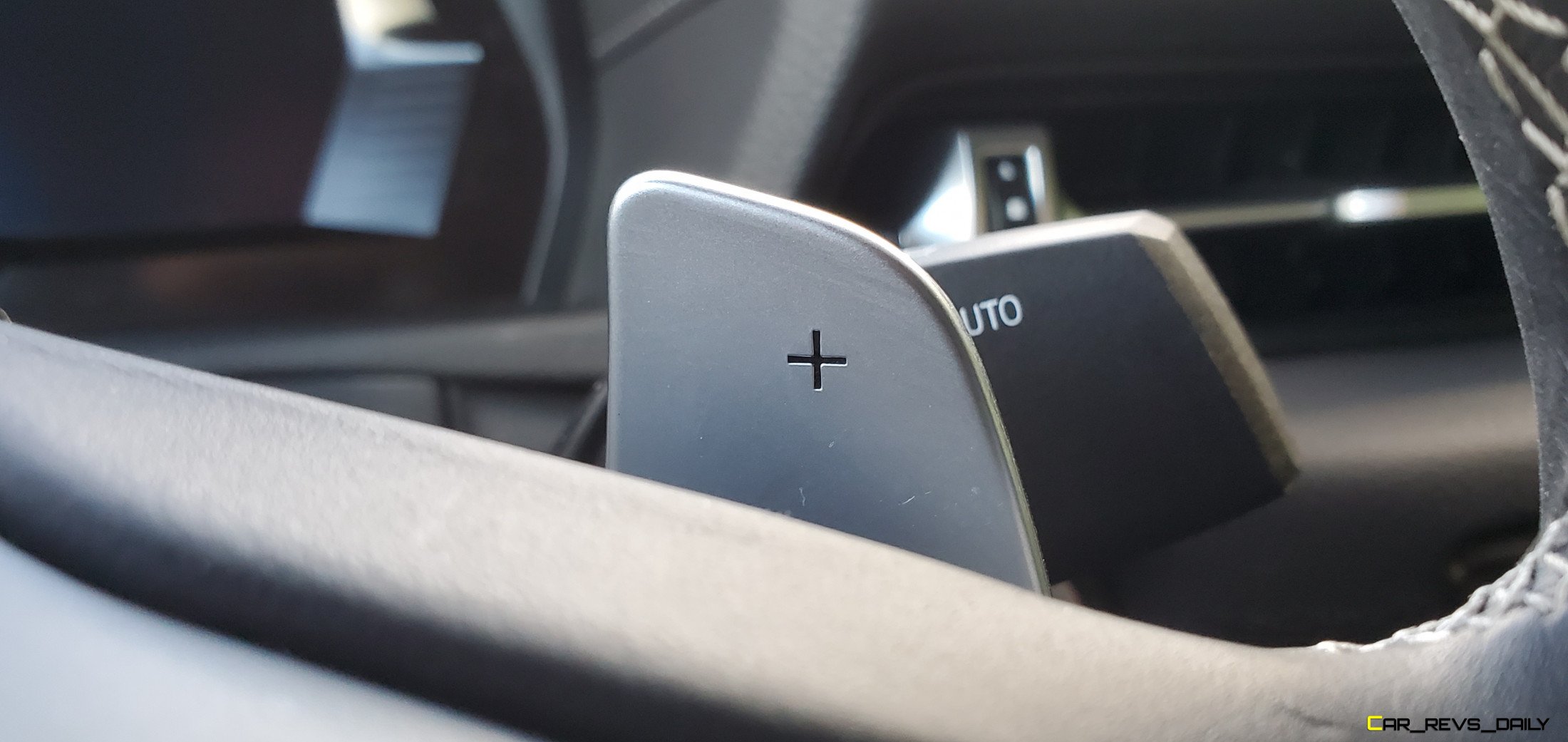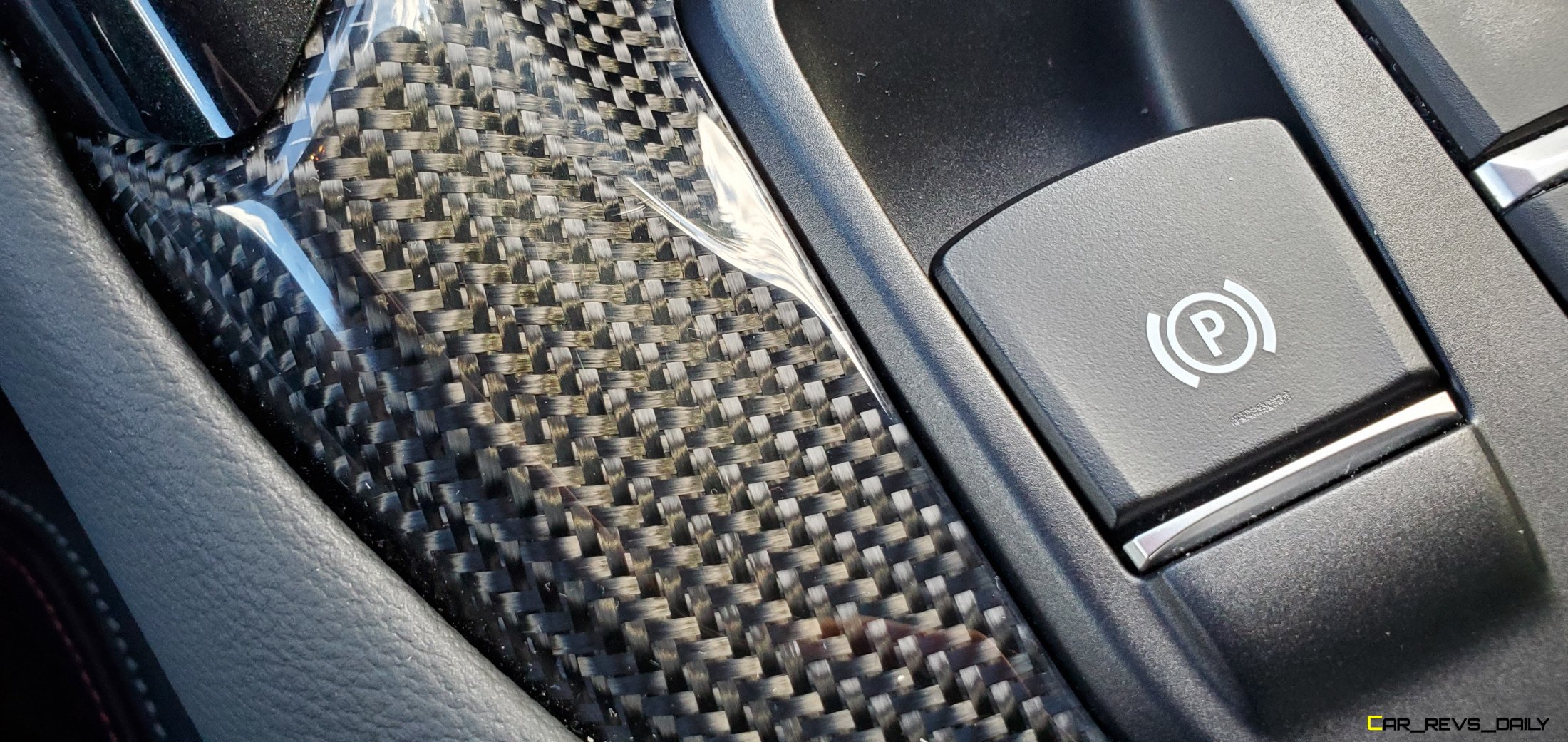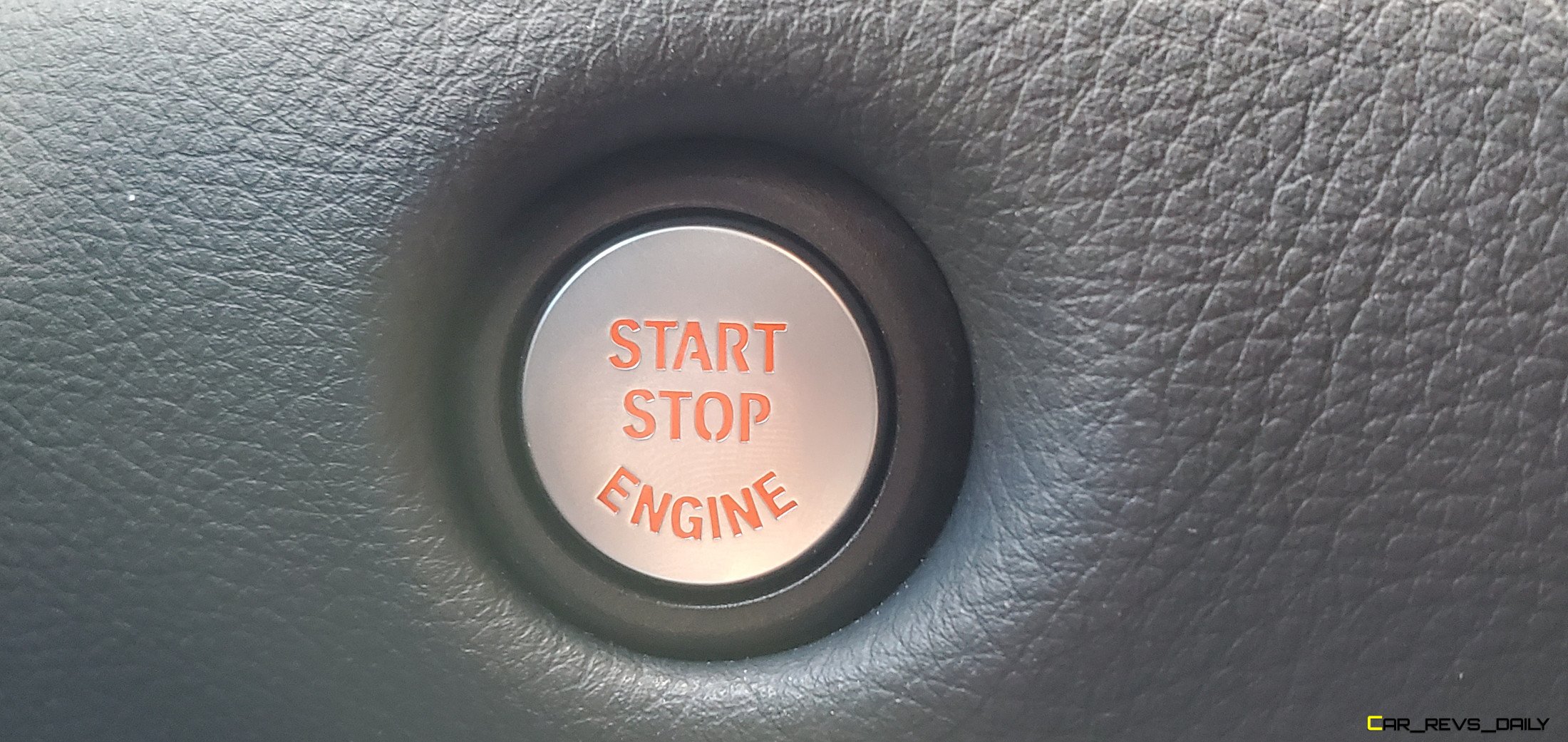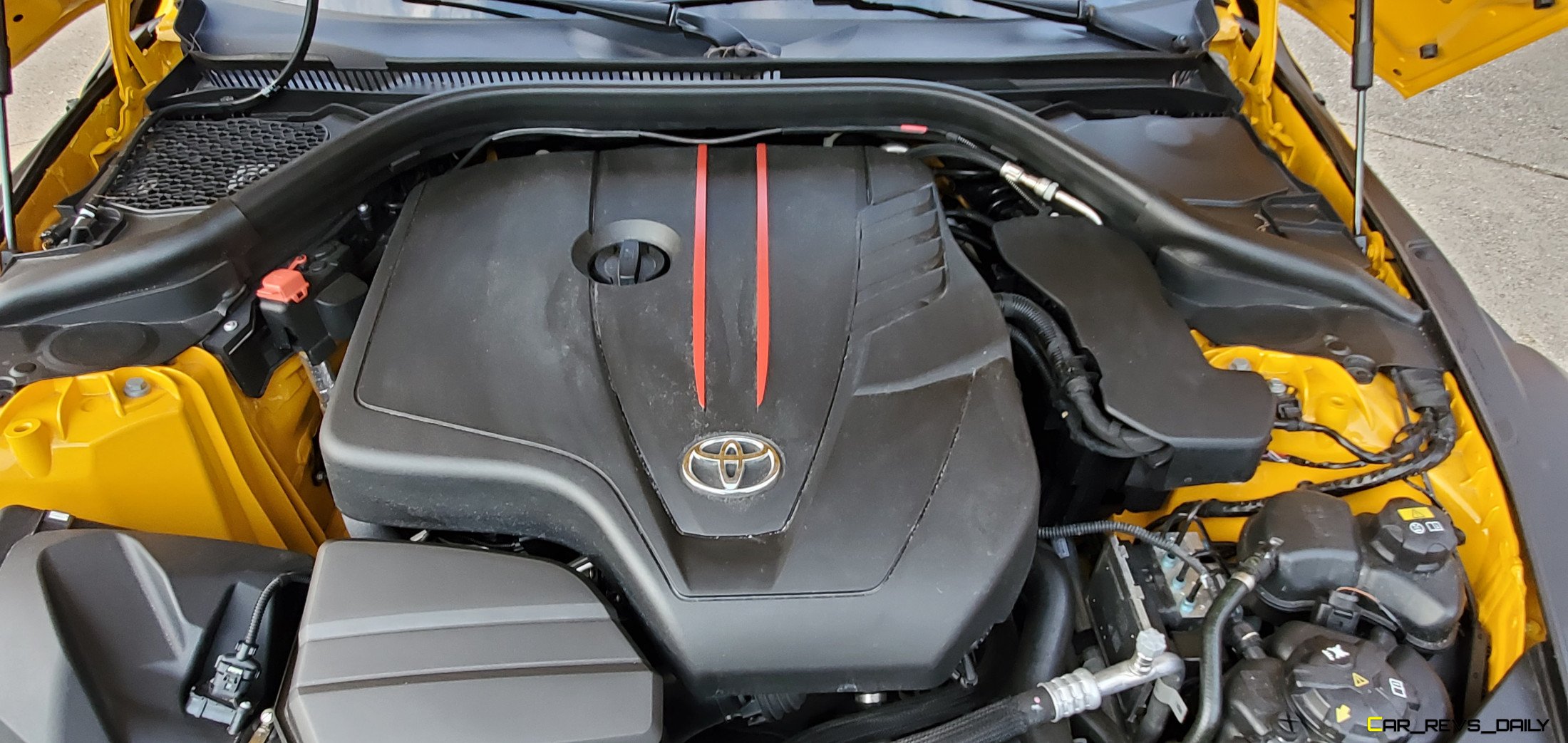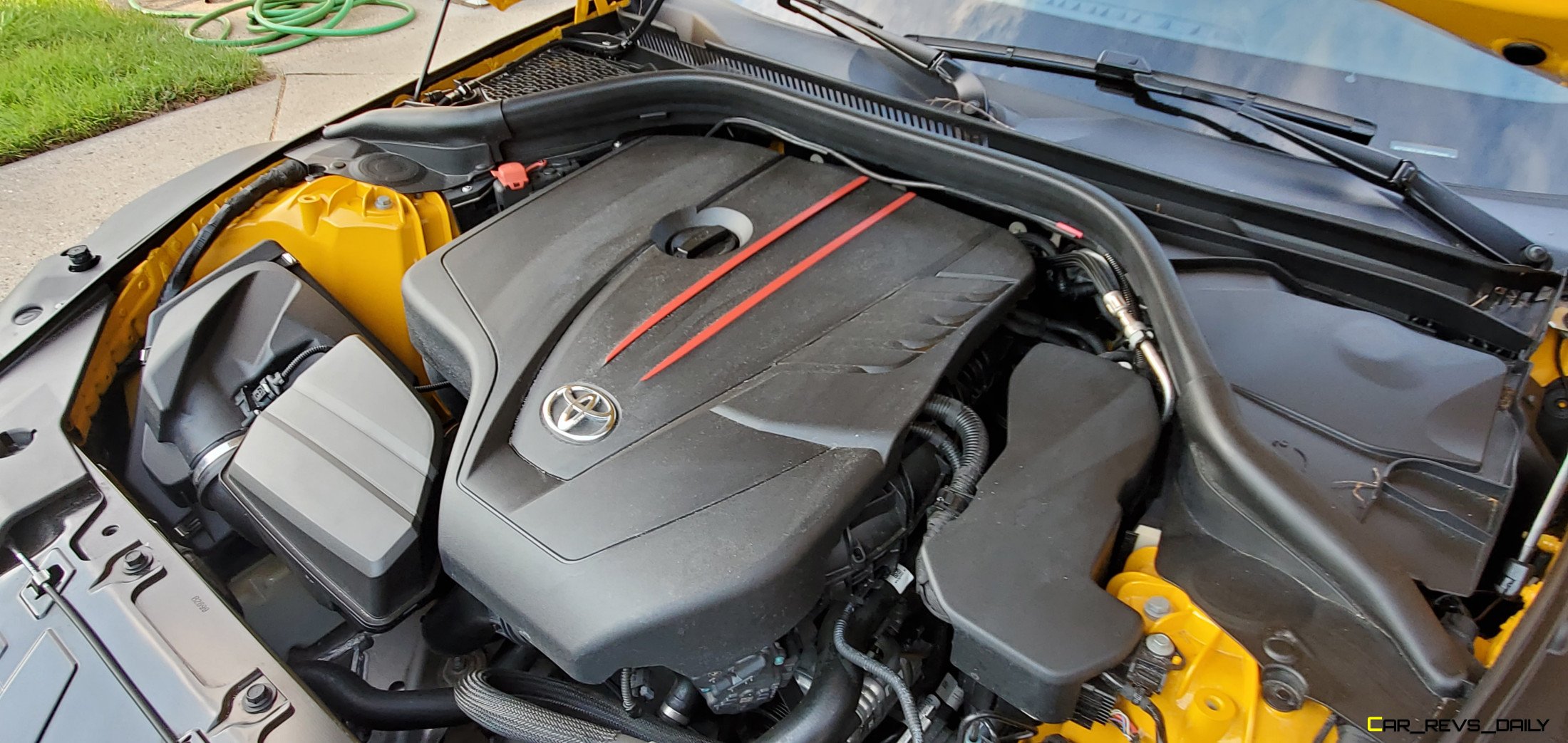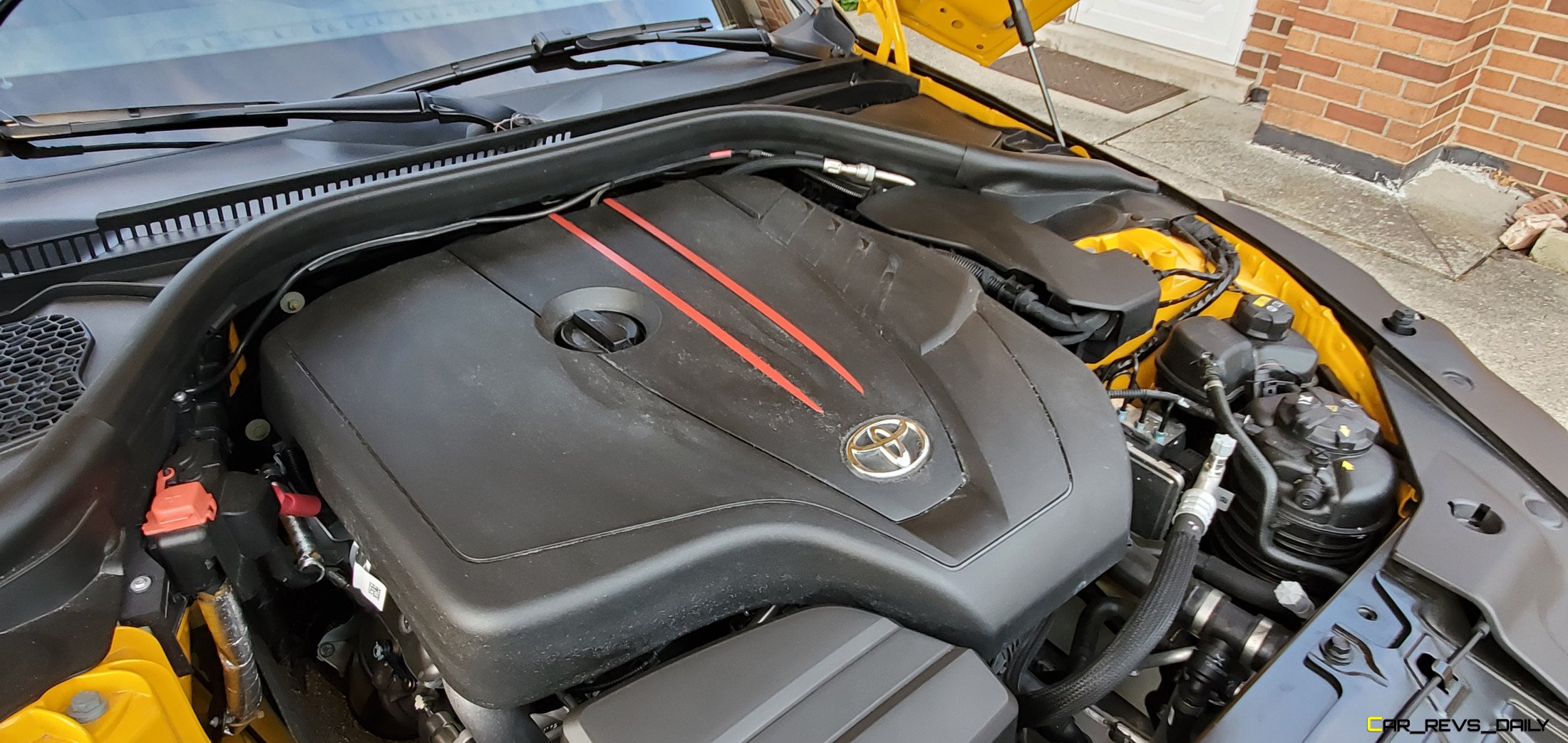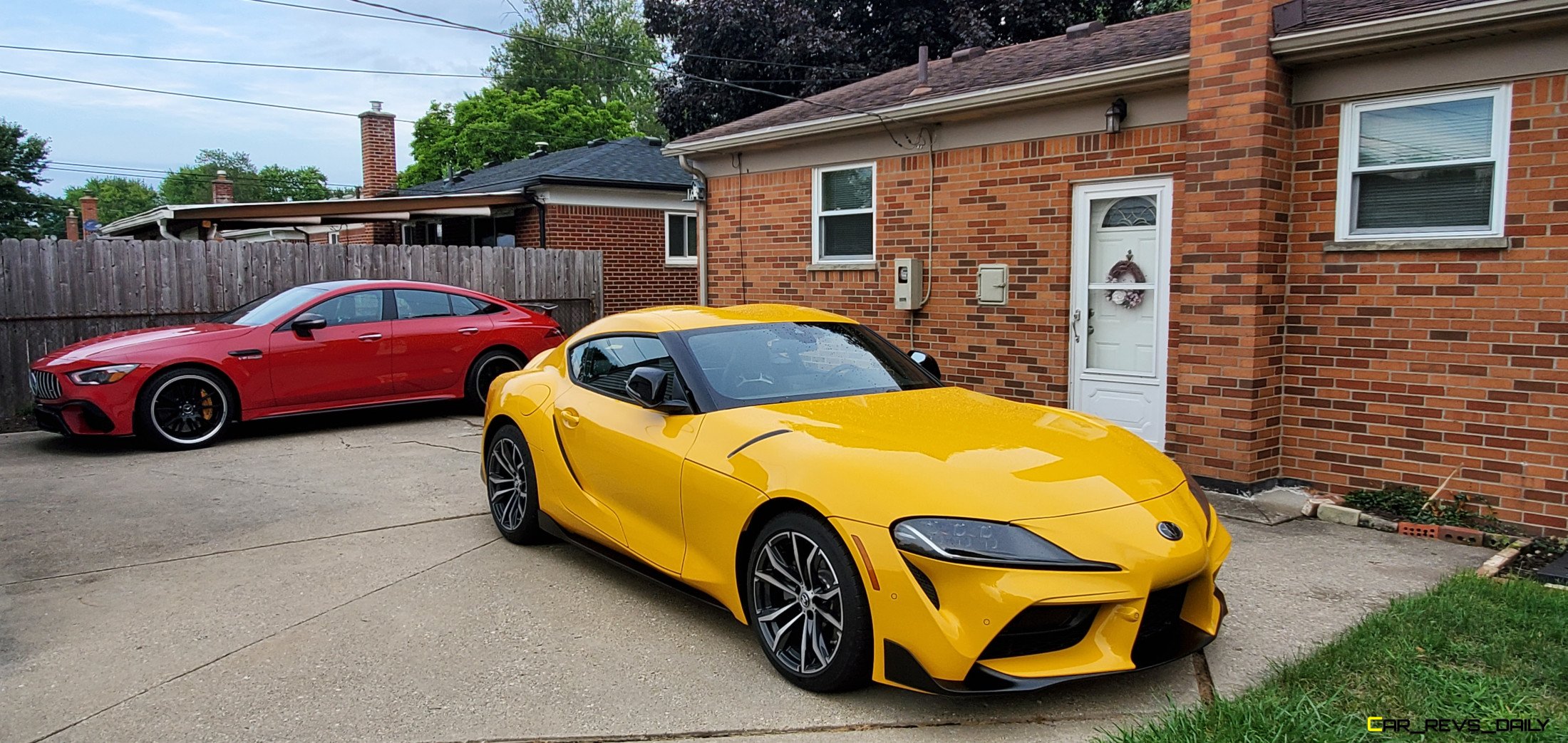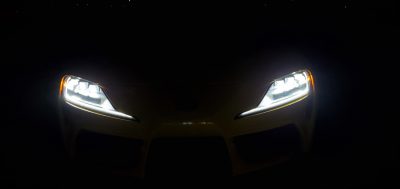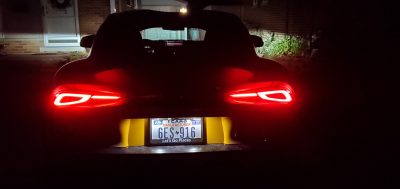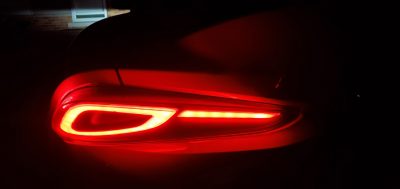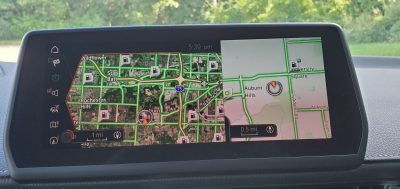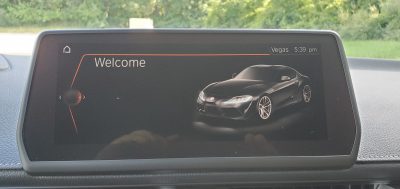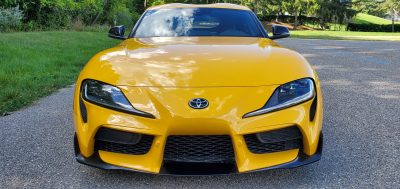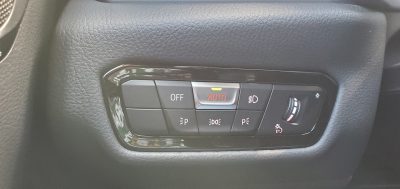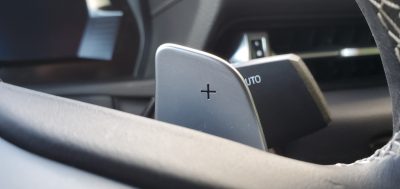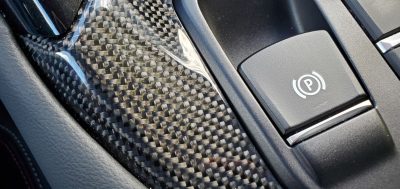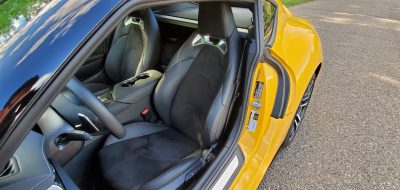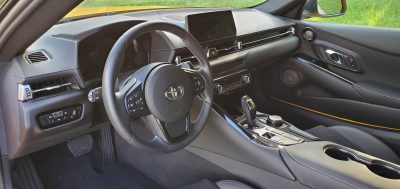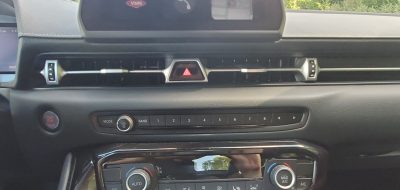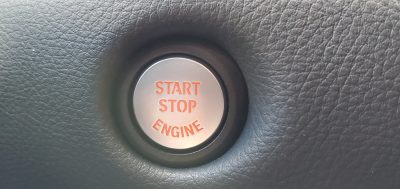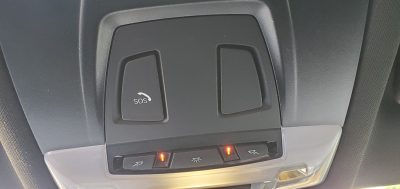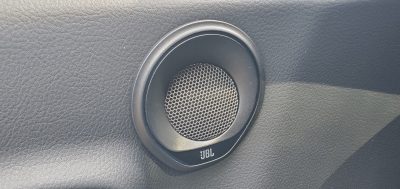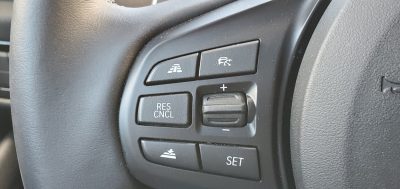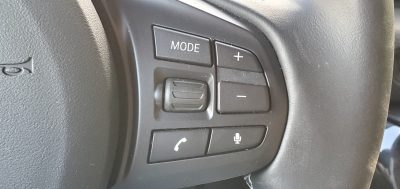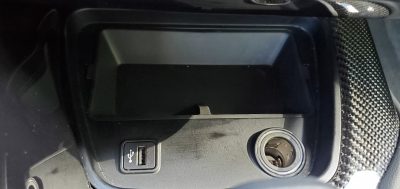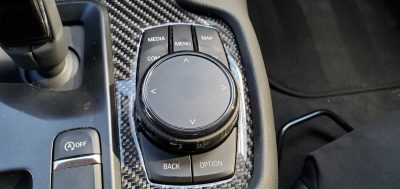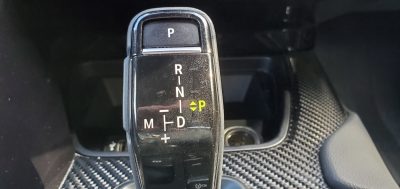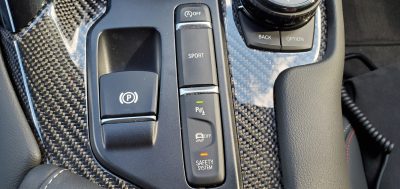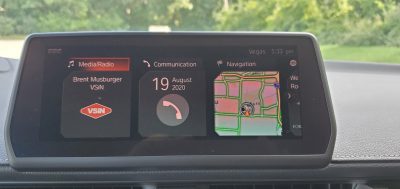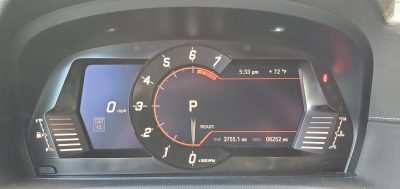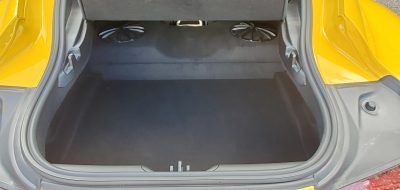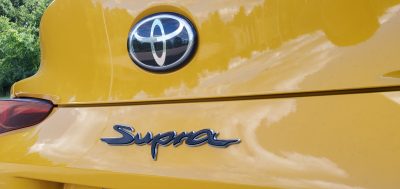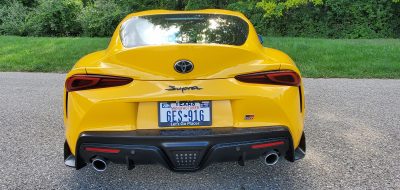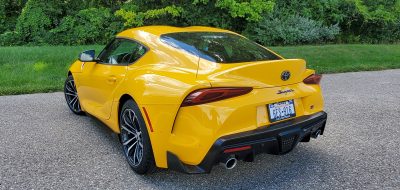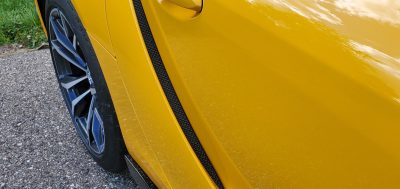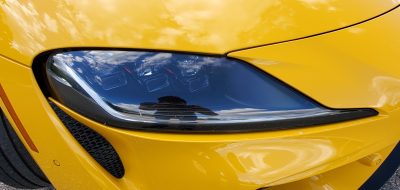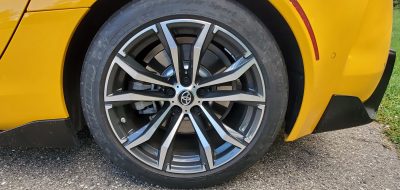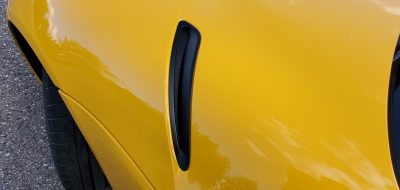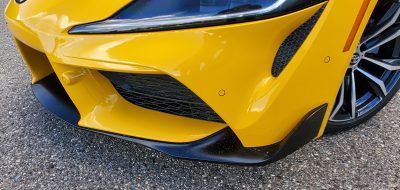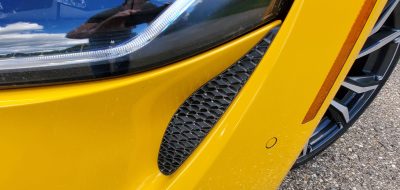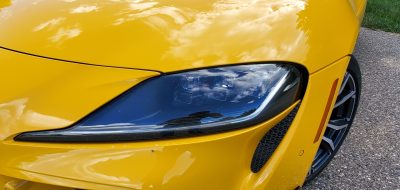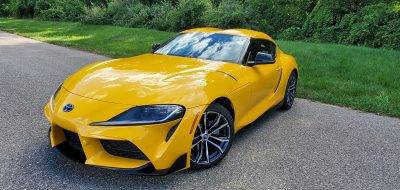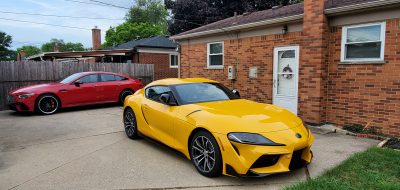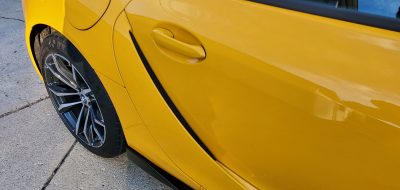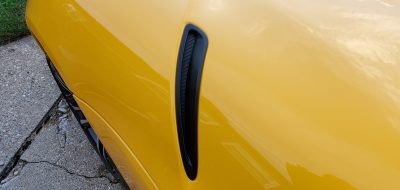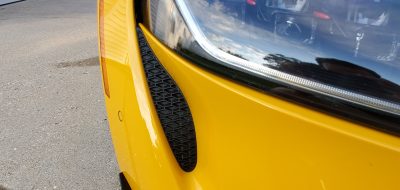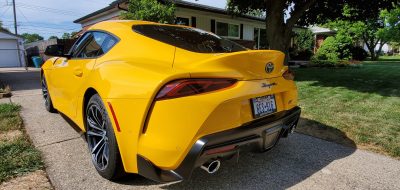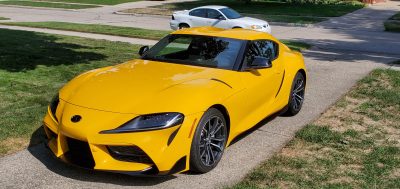A legacy can be defined as something that is left long after the person or thing creating it is gone. For a long time, that also defined the Toyota Supra which was Toyota‘s pinnacle of budget focused performance. First appearing in the 1980s, the Supra really got into its groove in the 1990s, with the later turbocharged models making a name for themselves out on the street and on the track. However, shifting economic headwinds forced the Supra to exit our shores in 1998, and for awhile, that was the end of the story. But a new generation of buyers are craving the performance icons of the past, and Toyota has answered with the all new Toyota Supra. But can the revived Supra bring back some of the old school magic? Or has its BMW roots diluted the foundations that made it a household name?
Bright yellow paint and sleek lines make Supra a work of art
The 2021 Supra may share alot of DNA with its platform mate the BMW Z4, but the exterior styling of our vividly hued tester certainly does a good job of hiding the familial link. The front fascia is very boldly shaped, and features a nice pair of headlights, with the nose and lower front bumper featuring large intakes. But for those thinking that the vents and air intakes are functional will be in for a surprise, with the majority of these pieces being tacked on for looks versus offering any form of function.
While those deceptive vents are a minor quirk, they do little to detract from the rest of the Supra’s canvas. The car adopts the classic long hood short rear deck motif, and it bulges with powerful lines, curves, and even defined rear haunches The rear of the Supra is arguably our favorite part of the whole package, with the tailights clearly being inspired by something that would usually be found in a Japanese manga book. Our tester even came with a snazzy set of alloy wheels, as well as a tidy set of dual exhaust tips to round out the package quite nicely.
These styling changes might not have quite the same element of wow factor as some of the trim exclusive styling elements on its more powerful 3.0 liter powered sibling, the four cylinder Supra still commands an impressive amount of respect out on the road, and we think that budget focused performance buyers might fall in love with some of the Supra’s inner appeal
BMW cookie cutter interior brings German precision to Supra but none of the swagger
With the exterior doing its best to hide its BMW origins, you might be asking where the proverbial tradeoff is? The answer reveals itself once you slip inside the interior. If you have been in a BMW Z4 before, chances are you will get acclimated very quickly, with the cabin from that model being transplanted into the Supra. Yes it lacks some of the bright work and some of the finer elements that make the BMW standout in its higher priced segment, but there’s no mistaking where the parts came from. The steering wheel, instrument cluster, infotainment system, and even the shifter are all grafted to the Supra, but unlike laughably bad efforts from GM and its infamously rebadged Trailblazer family of the early 2000s, we’re willing to forgive Toyota and BMW here to a degree.
The interior quality here is very good, and many of the buttons and switches in the driver focused cockpit are roughly where you expect to find them. The seats are generously supportive, but they lack some of the thicker side bolstering that you see in their more powerful siblings. Speaking of seats, there are only two of them, so your friends will have to decide which one gets to be the lucky individual that gets behind the drivers seat. The Supra is technically a hatch, and while the cargo area is small, there’s still room for a full days worth of groceries, or materials for a light picnic.
However, some of the BMW’s genetic quirks do make themselves apparent in other situations. For example, the iDrive system can still be frustrating to use out on the move, and the cabin transforms into a poorly lit cave at night. Lastly, we wish the cabin had more swagger, and while the Supra logo’s appearance on the digital display at start up is a nice touch, we wish that more distinction could have been baked into it. For example, imagine the seatbacks having the Supra name stitched into them, or even vibrant contrast stitching to add contrast to the black cabin pieces.
Laying down the law with performance
While we’ll admit that the Supra does suffer from some minor styling hiccups, there’s nothing froggy about the amount of performance that the four cylinder model has to offer. While the 255 horsepower on hand is considerably less than the 382 horsepower offered by the more powerful 3.0 liter model, that doesn’t stop the four cylinder Supra from being a uniquely attractive bargain purchase for shoppers. An eight speed automatic is the sole transmission available.
Our tester made the sprint to 60 mph in 5.0 seconds, and that’s a very respectable figure for a performance offering. However, it’s important to note that the four cylinder Supra does not quite have the same muscular swagger that the beefier six cylinder model has. As a result, the driver will have to learn to adjust to this particular Supra’s strengths to get the most out of it.
That means not expecting it to be a true king of stop light sprints and straight line acceleration times (the rough sounding exhaust note will audibly remind you of that too.) Instead, you have to allow the four cylinder model to flow and carve its way through curvy roads, which is where this flavor of Supra will feel truly at home. Toyota claims that 219 lbs of flab were cleaved from the four cylinder model. While the bulk of it comes from removing two cylinders, the rest comes from the old school method of de-contenting.
The end result is a more responsive instrument, with the lighter nose being more responsive in turns, while also enhancing the amount of communication you feel in the steering wheel. To find out how effective this is, we took the Supra to our driving range in central Michigan, and subjected it to the winding twists and turns that dot the area’s roads. Here, this sharper character really has a chance to shine, and our tester had a very eager demeanor, and that proved to be very valuable out on the road. While the Supra will never have the beefy firepower defined by muscle cars like the Chevrolet Camaro and the Ford Mustang, it is a very compelling option to established budget stalwarts like the Mazda Miata and the Volkswagen GTI.
Value Quotient
As mentioned, the 2021 Toyota Supra four cylinder aims to be the value focused entry in the Supra family, with a base model starting at $42,990. Our late stage prototype did not come with a formal window sticker, but a trip to Toyota’s online configurator revealed that a Supra constructed with the same equipment as our tester can be yours for about $46,900 before the $995 destination fee is factored in. That’s still a bit less expensive than its BMW badged sibling, but is higher than the $39,370 that can be reached by a fully equipped Ford Mustang EcoBoost HPP variant.
But at the end of the day, the 2021 Supra four cylinder is still a value focused delight. With impressive levels of style, performance, and a uniquely distilled character. This Supra stands out as the one to get for budget focused buyers, and we hope that more swagger, as well as more ways to make the cabin stand out better from its BMW sibling will help make it into a real winner.

Carl Malek has been an automotive journalist for over 10 years. First starting out as a freelance photographer before making the transition to writing during college, his work has appeared on numerous automotive forums as well as websites such as Autoshopper.com.
Carl is also a big fan of British vehicles with the bulk of his devotion going to the Morgan Motor Company as well as offerings from Lotus, MG, and Caterham. When he is not writing about automobiles, Carl enjoys spending time with his family and friends in the Metro Detroit area, as well as spending time with his adorable pets.

